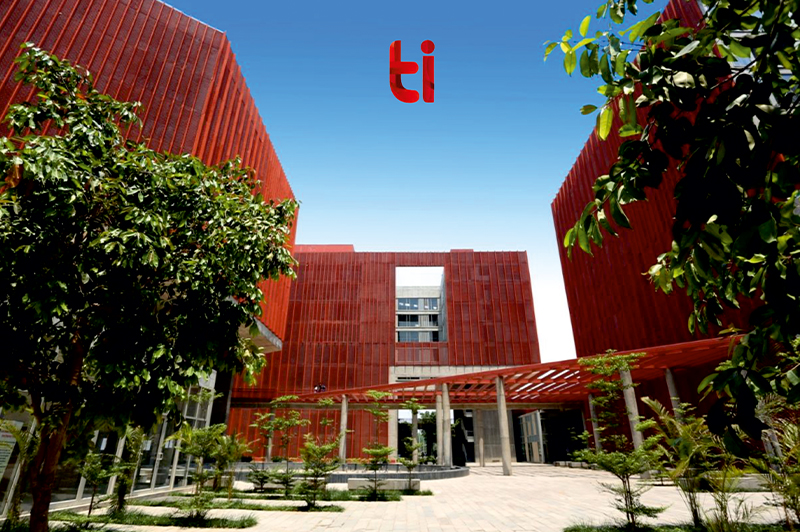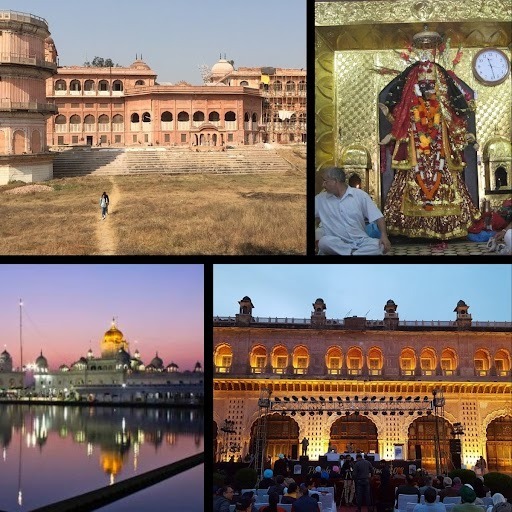About Event
Overview
The event will feature keynote addresses, technical sessions, and panel discussions led by renowned academicians, environmental scientists, engineers, and industry leaders all around the country. Topics will include Green Remediation Technologies and Bioremediation of Air, Water, and Solid Waste, focusing on Sustainability in Practice. Moreover, Renewable Energy, Energy Management, Life Cycle Assessment, Circular Economy, Risk Assessment, and Regulatory Frameworks will also be covered. The conference will explore best practices in remediation technologies, policy frameworks, and community engagement through presentations, and collaborative discussions. The ultimate goal is to foster the adoption of sustainable remediation methods that protect human health and the environment, ensuring long-term ecological balance and resilience.
Objectives of the Conference
The National Conference on “Sustainable Practices for Environmental Remediation” aims to advance knowledge and foster collaboration among experts, practitioners, and policymakers to develop and implement sustainable approaches for remediating contaminated environments. The conference focuses on sharing innovative technologies, best practices, and research findings that promote effective and eco-friendly solutions for restoring polluted sites and ecosystems.
Participants
More than 100 participants are expected to attend the national conference. Participants will include environmental engineers, scientists, researchers, policymakers, industry professionals, environmental consultants, and representatives from regulatory agencies and non-governmental organizations. The diverse attendees will help foster a multidisciplinary approach to addressing ecological contamination and promoting sustainable remediation practices.
Expected Outcomes of the Conference
- Enhanced Knowledge and Awareness: Through presentations, case studies, and expert discussions, participants will gain a deeper understanding of the latest sustainable remediation technologies, methodologies, and best practices.
- Collaborative Networks and Partnerships: The conference will foster networking and collaboration among academia, industry, government agencies, and NGOs, creating new opportunities for joint research, projects, and policy advocacy in sustainable environmental remediation.
- Policy Recommendations and Strategic Frameworks: Development of actionable policy recommendations and strategic frameworks to promote the adoption of sustainable practices in environmental remediation, including guidelines for integrating sustainability into national and regional environmental policies.
- Innovative Solutions and Technological Advancements: Identify and disseminate innovative and cost-effective remediation technologies that can be implemented to address various environmental challenges, such as soil and water contamination, in a sustainable manner.
- Community Engagement and Awareness Initiatives: Develop strategies for engaging communities and stakeholders in the decision-making process, ensuring that remediation projects are transparent, inclusive, and aligned with local needs and sustainability goals.
- Research and Publication Opportunities: Opportunities for researchers and practitioners to publish findings in conference proceedings, journals, and other platforms, contributing to the body of knowledge on sustainable environmental remediation.
- Action Plans for Future Initiatives: Form concrete action plans for future initiatives, collaborations, and projects to advance sustainable environmental remediation practices at local, national, and global levels.
About TIET
The Thapar Institute of Engineering and Technology (TIET) is one of India’s oldest and finest educational institutions, which provides a steady source of highly skilled talent to the nation as well as overseas. Founded in 1956 with a campus spread across sprawling 250 acres, Thapar Institute of Engineering & Technology, located in Patiala, has been a pioneer in engineering education, research and innovation. Our community involves ingenious minds solvers who are eager to make the world a better place to live in with their innovative techniques and discoveries.
Department of Energy and Environment (DEE), sponsored by the Department of Science and Technology (DST), Government of India under the FIST Program, is a multidisciplinary department that focuses on teaching, research, and outreach activities in the domain of environment. By connecting scholars and practitioners from different disciplines, DEE seeks to raise the quality of environment research at TIET and beyond.The Department has a very active research program that is done through student research as well as sponsored projects. R&D activities of the department currently include river water quality monitoring and management; metal bio-transformations; advanced oxidation processes; industrial environmental management; ambient air quality; and bioremediation; bioplastics; bioenergy; and hydrogen energy production through sustainable routes. The department has an excellent track record of placement in organizations of national and international repute.


About Patiala
Patiala is a city in southeastern Punjab, northwestern India. It is the fourth largest city in the state and is the administrative capital of Patiala district. Patiala is the erstwhile princely state of Punjab, which is situated in the Malwa region. The city covers a total area of 365 km. It is a judicious synthesis of a brilliant spectrum of Rajput, Mughal and Punjabi cultures and a fine blend of modernity and tradition. The City of Patiala is located around the Qila Mubarak (An original fort from where the city started evolving). It was constructed by chieftain ‘Baba Ala Singh’, who founded the royal dynasty of the Patiala State in 1763. The citizens of Patiala boastfully consider themselves the torchbearers of Punjabi culture and heritage. The intricate and beautiful artwork of Phulkari, the bright colors of Patiala Pagadi, Parandi and Jutti, the largeness of the Patiala peg and the comfort of Patiala salwar, form the essence of the city of Patiala. The handicrafts of Patiala are intricate and beautiful like the Phulkari embroidery. Also, Juttis, a traditional footwear, the Patiala Turban and the Patiala salwar are known for their comfort and style statement.
© copyright 2025. All Rights Reserved. Site Created & Maintained By Digilinkers